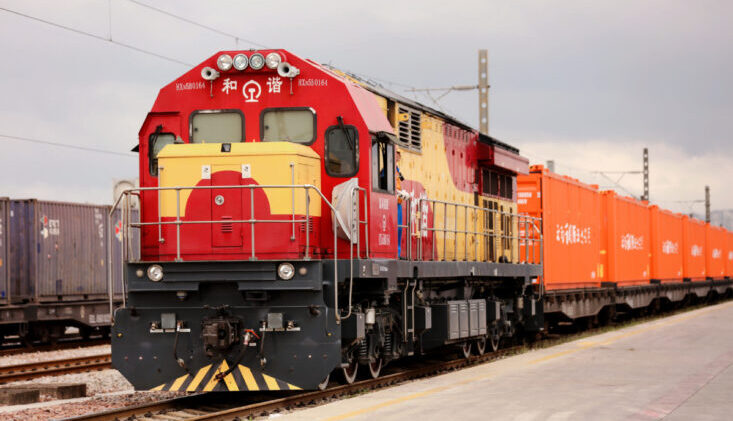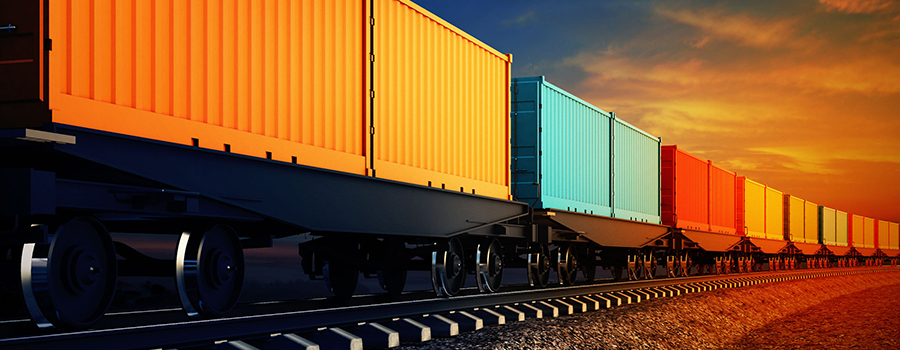
In the global trade landscape, Eurasian rail transport plays an increasingly vital role. Spanning across Asia and Europe, this railway link is not just a physical connector between two continents but also a crucial channel for economic cooperation and cultural exchange. In this blog post, we will explore the significance of Eurasian rail transport, its advantages, and how it impacts international logistics and trade.
With the advancement of the Belt and Road Initiative, the Eurasian railway network has seen significant development. This route, connecting China, Central Asian countries, Russia, and Europe, offers a fast and reliable option for cargo transportation to countries along its path.

Time Efficiency
Compared to sea transport, the Eurasian rail route is shorter in time, often completing journeys within two weeks, whereas sea transport usually takes a month or longer.
Cost-Effectiveness
While air transport is faster, it is also more expensive. Rail transport provides a more cost-efficient alternative, especially suitable for goods that are not ideal for sea transport.
Environmental Friendliness
Rail transport emits less carbon compared to air and sea transport, making it a more environmentally friendly option.
Reliability and Safety
Due to its fixed routes and timetables, Eurasian rail transport is generally more reliable and safer compared to other modes of transport.
Despite its many advantages, Eurasian rail transport also faces challenges, such as differences in railway standards and transport regulations between countries, complexity in cross-border procedures, and geopolitical influences.
In the future, with further improvements in infrastructure and deeper international cooperation, Eurasian rail transport is expected to become an even more important component of international trade. It not only facilitates the flow of goods but also deepens economic cooperation and cultural exchanges between countries along its route.
Eurasian rail transport is a key component of international logistics and global trade. As the global trade landscape continues to evolve, this transport route is set to expand its influence, providing an efficient and reliable corridor for trade between Asia and Europe. As more businesses and countries recognize its potential value, we can expect this mode of transport to play an even greater role in the future.

Wing Shipping offers various logisticssolutions for Chinese exports, including air,sea, and rail freight. We promote tradebetween China and the world, contributingto the development of your business.
Wing Shipping offers various logistics solutions for Chinese exports, including air, sea, and rail freight. We promote trade between China and the world, contributing to the development of your business.
Copyright 2024 Wing-Shipping. All Rights Reserved.